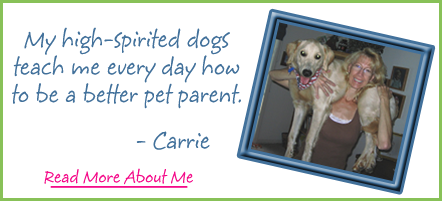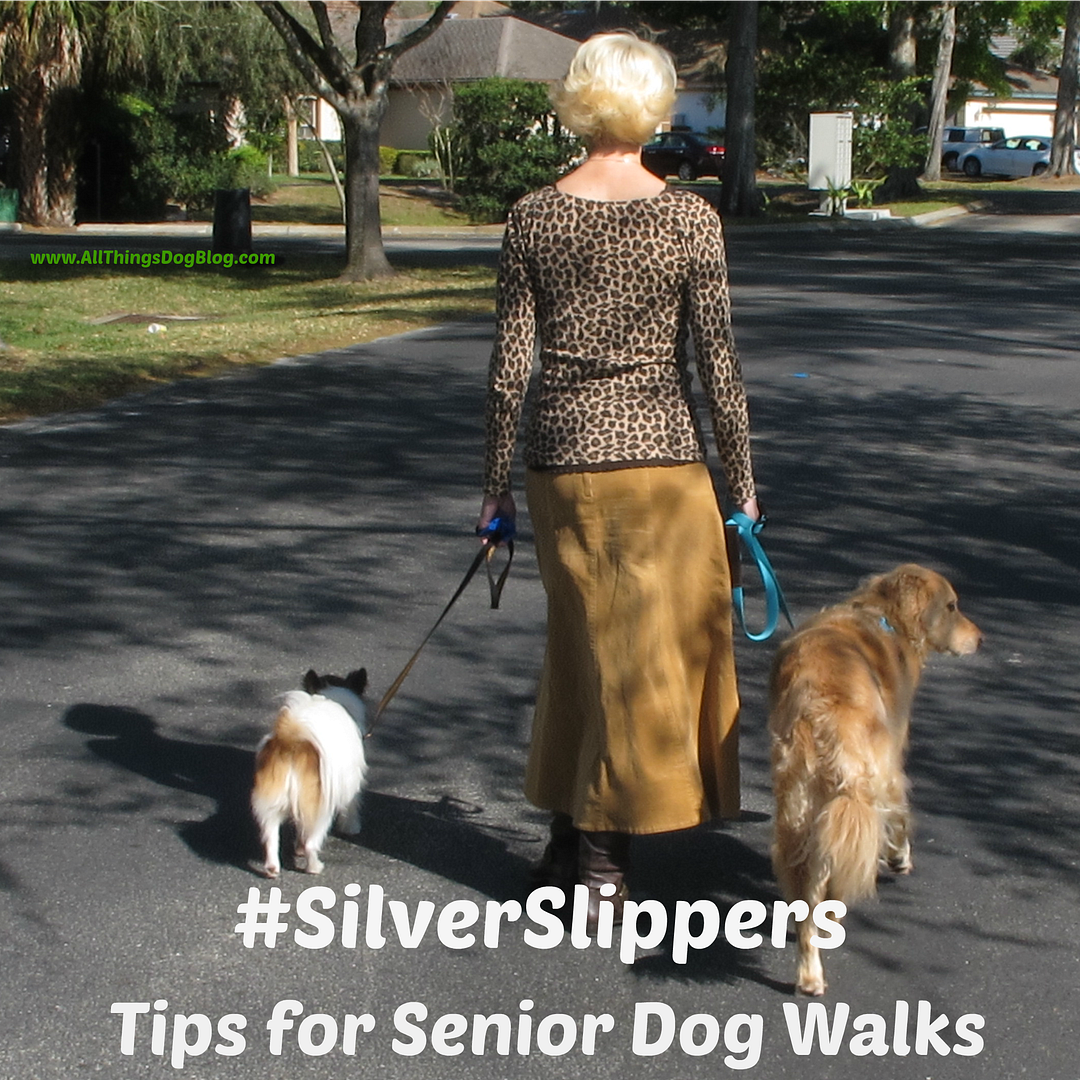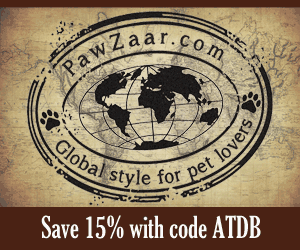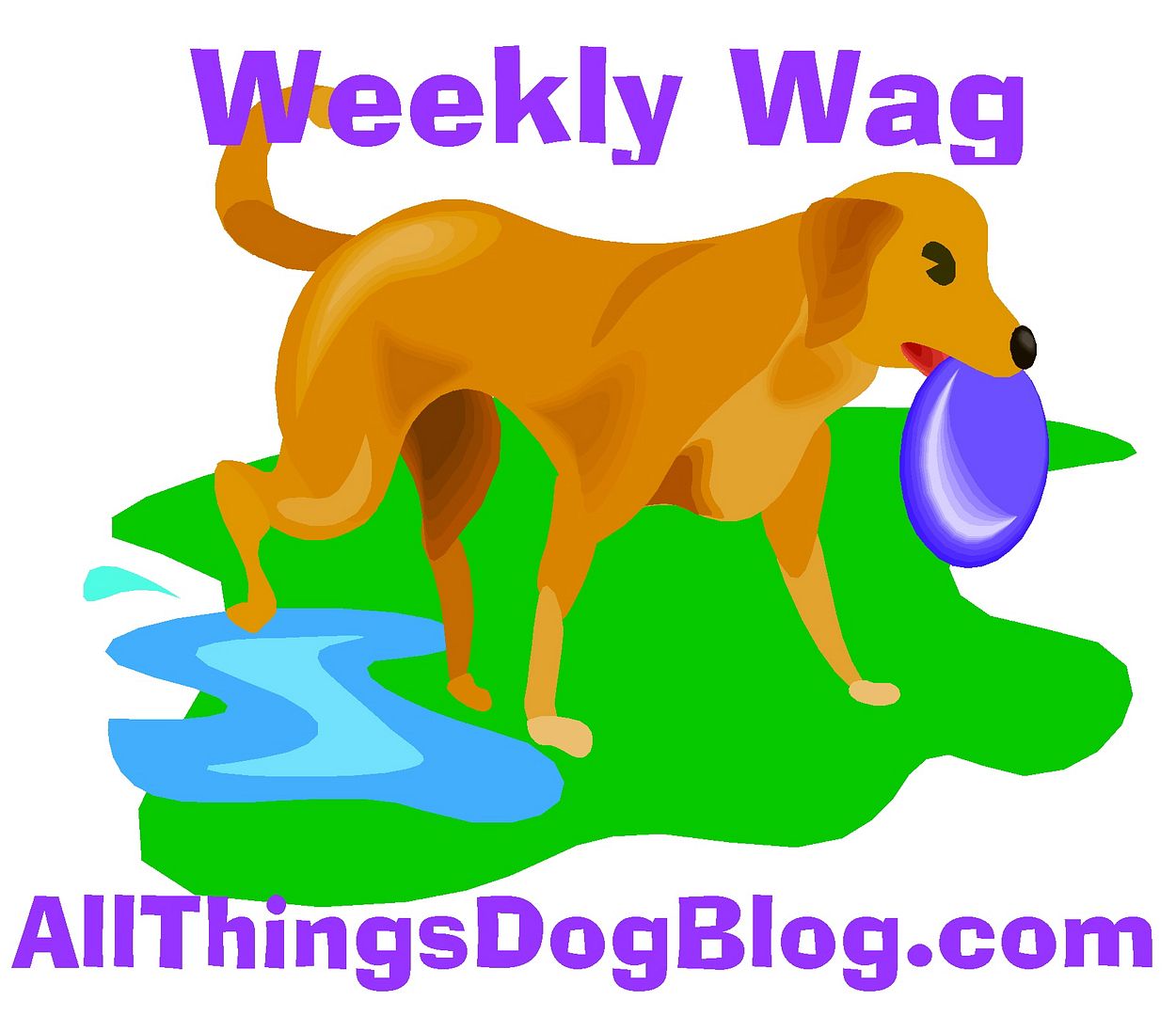 |
| © Carrie Boyko Oliver Enjoys an Organic Carrot |
Why Organic?
Organic ingredients, both animal and vegetable, are produced without toxic fertilizers, chemical pesticides, artificial colors, or synthetic preservatives, all of which have been shown to have harmful, long-term effects on health.
Organic ingredients come largely from whole foods that offer naturally occurring vitamins, minerals, antioxidants and fiber for healthy nutrition. What does this mean for your pet? Fewer supplements are required to provide the AAFCO-mandated nutrition, as much of these nutrients come from the whole foods that make up the primary ingredients.
Organic pet foods must comply with detailed and rigorous production and processing, while receiving regular inspections of production and packaging to ensure adherence. The USDA or its third-party organizations perform and document these inspections.
Strict labeling requirements mean you get more detailed information on the packaging of organic pet foods, right down to the name of the certifying agent and their contact information.
Healthier fats provide excellent support for immune systems, joints, skin, and coat health.
Necessary fiber for your dog’s digestive health comes from a variety of sources, such as fruits, vegetables and high quality grains.
The noticeable absence of artificial ingredients is crucial to many pet owners’ decisions, including my own. The body’s liver is responsible for filtering out toxins such as artificial, synthetic, and chemical additives. Without these artificial elements, the liver is less stressed and better able to provide a longer life of service to its owner—aka, your dog.
The quality of the protein in an organic food helps to prevent protein deficiency symptoms such as weight loss, dull coat, flaky skin or decreased immune function. A named, high-quality protein source, backed up by a secondary protein source to provide the full spectrum of amino acids, is critical to this goal.
When checking the ingredient list on one of the best-selling dog foods, I found myself asking, “Where’s the meat?” Keep in mind that the items at the beginning of the list are the primary ingredients; this is all I am listing here. Check out the start of this list:
A Best-selling dog food's primary ingredients are:
Ground yellow corn, soybean meal, ground whole wheat, corn syrup, poultry fat, Meat and bone meal (Animal Fat Preserved with BHA and Citric Acid), Chicken by-product Meal, Rice, Animal Digest. . .
The by-product meal and animal digest descriptions found at the links in the paragraph above will probably send you running for the commode. Sorry. What’s more, a whopping 70% of the ingredient list from this best-selling brand was added nutritional supplements, necessary for it to conform to AAFCO’s nutrition requirements. That’s scary. Shouldn't most of our nutrition come from the food, rather than requiring tons added supplements to make the cut?
Now check out a well-known organic dog food’s primary ingredients:
Organic Chicken, Chicken Meal, Organic Brown Rice, Organic Peas, Organic Millet, Organic Oats, Salmon Meal, Chicken Fat (Naturally Preserved with Mixed Tocopherols and Citric Acid), Natural Chicken Flavor, Organic Quinoa, Organic Dried Eggs, Organic Flaxseed, Minerals . . . , Organic Apples, Organic Broccoli, Organic Carrots, Organic Pumpkin, Organic Pears. . .
Are you asking "What are Mixed Tocopherols and Citric Acid?" You're probably not alone, and it's very simple: Mixed Tocopherols are various forms of Vitamin E. Citric Acid is a natural preservative derived from citrus fruits.
After comparing this ingredient list to the earlier one, I was sure my dogs would be ready to feast. Clearly this food had risen to the top of my list. Long term good health was finally in our reach.
Friday I will be offering more detail. What it comes down to is a combination of high quality proteins, grains, fiber, fruits, vegetables and healthy fats. Should your dog's food label start with CORN? Absolutely not!
Join me Saturday for the unveiling of my long-protected secret. Don't miss our silly guessing game at our Countdown Page. You can enter your guess to win a surprise gift. What food do the All Things Dog Blog dogs eat? The answer will be revealed Saturday with a review and a giveaway in a separate post. Don't miss this event.
If you don't want to miss the big news, be sure to stop by the email subscription box in the top of the sidebar and grab your free post delivery, along with a bonus: How to Put Your Dog on a Budget. Or, you can simply fill out the form in our doghouse below!
Did you miss part one of this series?:
Our Pet Food Pantry: A Little History
Join me Saturday for the unveiling of my long-protected secret. Don't miss our silly guessing game at our Countdown Page. You can enter your guess to win a surprise gift. What food do the All Things Dog Blog dogs eat? The answer will be revealed Saturday with a review and a giveaway in a separate post. Don't miss this event.
If you don't want to miss the big news, be sure to stop by the email subscription box in the top of the sidebar and grab your free post delivery, along with a bonus: How to Put Your Dog on a Budget. Or, you can simply fill out the form in our doghouse below!
Did you miss part one of this series?:
Our Pet Food Pantry: A Little History









Full disclosure: All Things Dog Blog has not been compensated to provide the upcoming dog food review. We have not been paid to provide our opinion of this product, and the opinion provided is our own.

































6 comments:
snoopy@snoopysdogblog said...
Hey Oliver,
You love carrots too!! Aren't they just the best! yum yum :)
Your pal Snoopy :)
Sam said...
Hi, Sam here from the blog hop! Our Mommy makes our food. We much prefer it to anything else. But I'm not fond of carrots.
Rrruff
Sam
Lori @ According to Gus said...
One of Gus's favorite snacks is carrots - and I'm with you on organic. We buy organic as often as possible!
I've been meaning to complement you on the new layout. It loads much faster for me now, too!
Anonymous said...
Very good post, Carrie. I, too, am obsessed with my family's diet (dog including) and have done a lot of research trying to find the best things to feed us and George. My dog, George, is fed the BARF diet, but recently I've been writing a series of reviews of good dog foods that are commercially available, as we will have to rely on those whilst camping in the summer. Reading and understanding the label is so important nowadays, as tricking the customer seems to be top of the list with all food producers. You've done a great job decoding the label, hopefully this will help people choose better quality foods for their dogs.
Didi
petdoginsurance said...
Very informative tips for newbies. Keep posting!
Pet Sitting San Diego
Carrie, with Tanner and Oliver said...
Thanks for that input Lori. I still have more to accomplish in the background that will positively affect the loading time. It's all very time consuming, so I'm tackling it in small pieces. I appreciate the input.
Post a Comment